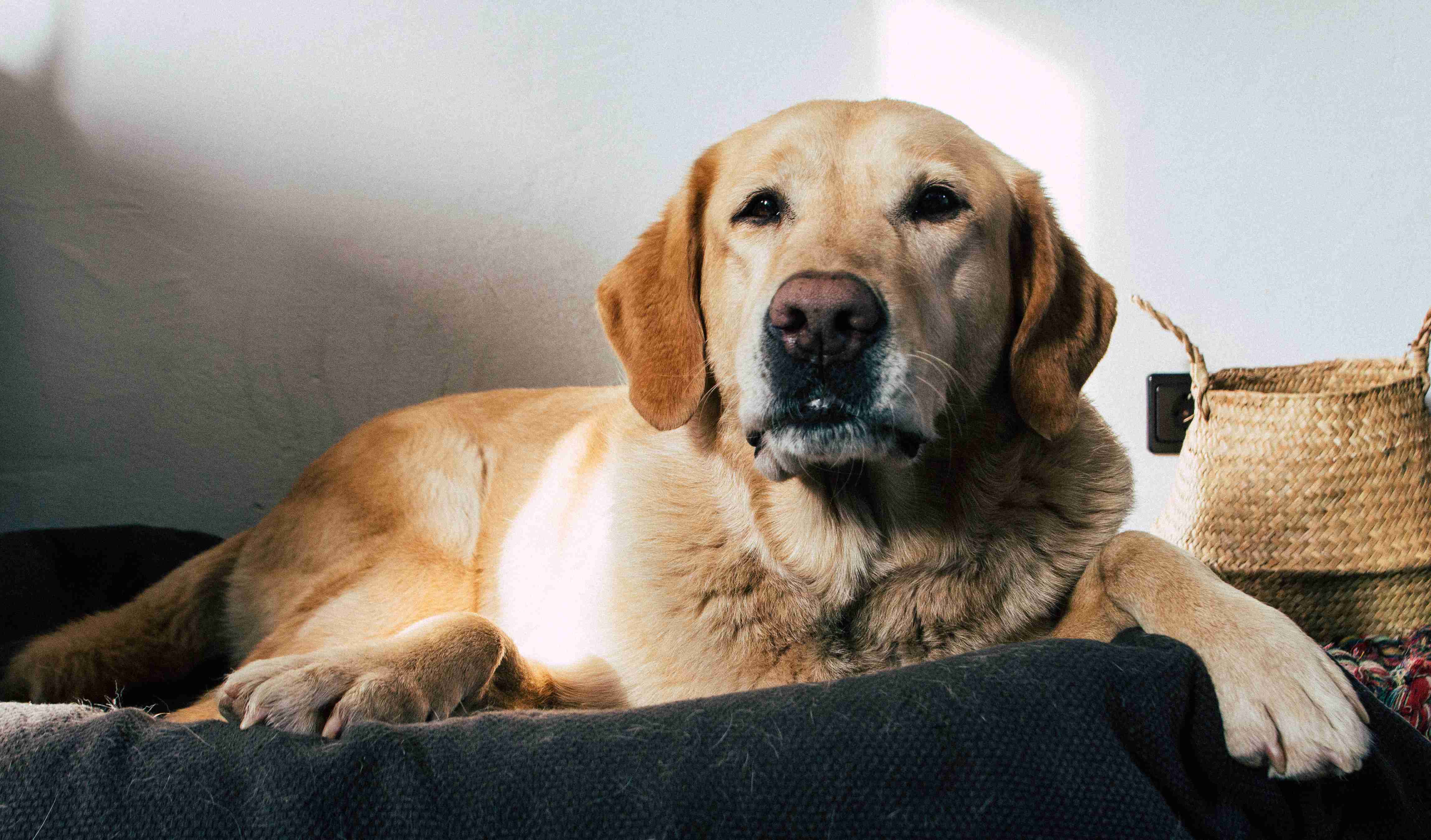When it comes to raising a happy and well-adjusted pet, early noise desensitization is an essential component. Noise sensitivity is a common issue among pets, especially dogs, and can lead to fear, anxiety, and unwanted behaviors. By implementing effective strategies for early noise desensitization, pet owners can help their furry friends develop a tolerance and resilience towards various noises. In this blog post, we will explore some of these strategies and provide valuable insights into how to effectively desensitize pets to noise.
Creating a Safe and Calm Environment
Providing a safe and calm environment is crucial when it comes to noise desensitization for pets. Here are some strategies to create such an environment:
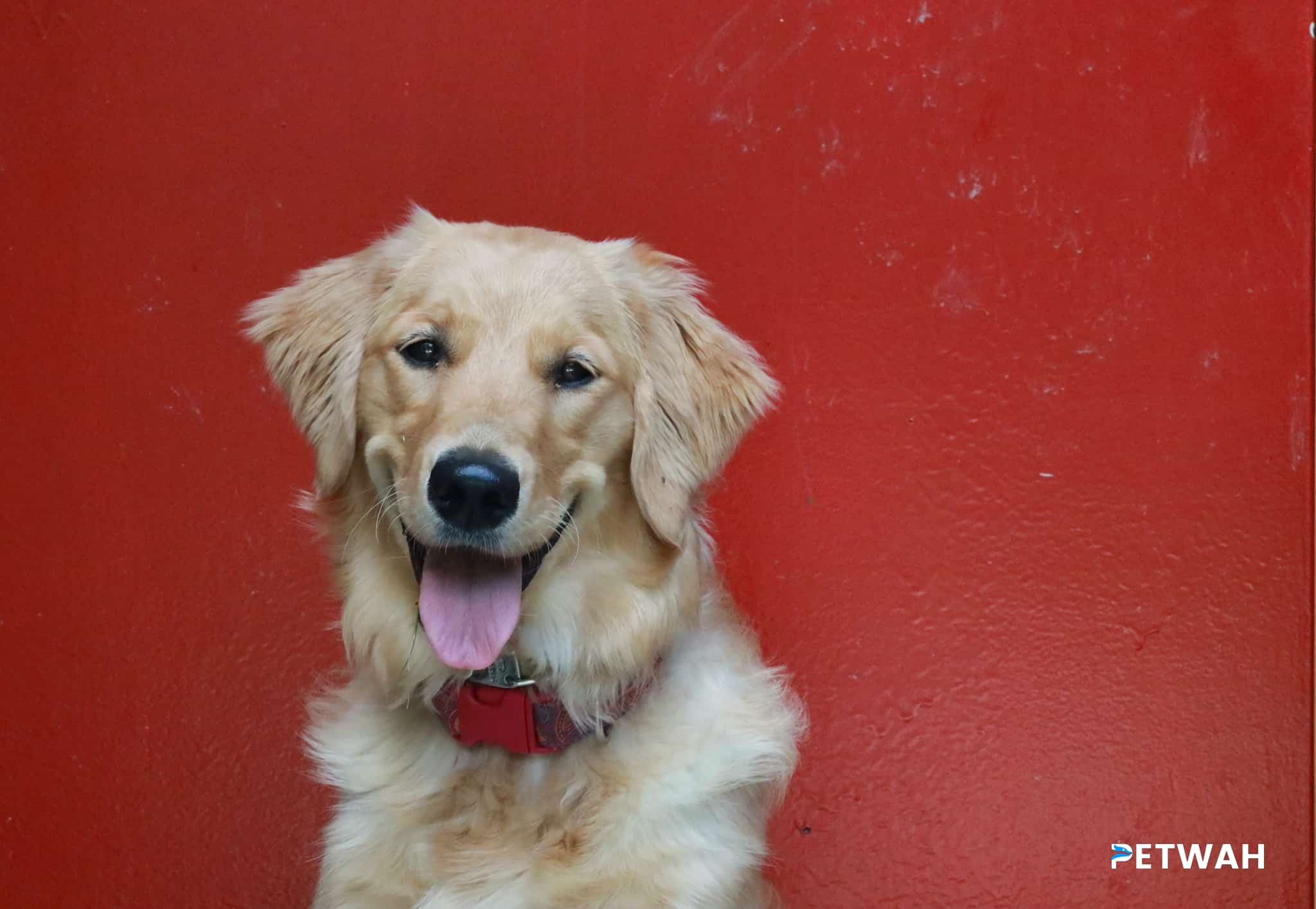
– Designate a safe space for your pet where they feel secure and can retreat to when feeling overwhelmed by noise.
– Use white noise machines or calming music to help drown out loud or sudden noises.
– Introduce your pet to different household noises gradually, starting with subtle sounds and gradually increasing the intensity.
Gradual Exposure to Noises
Gradual exposure to different noises is key to desensitizing pets. Here are some steps to follow:
– Identify the specific noises that trigger your pet’s anxiety. This could include thunderstorms, fireworks, car alarms, or vacuum cleaners.
– Start by playing recordings of these noises at a low volume, gradually increasing the volume as your pet becomes more comfortable.
– Pair the noise exposure with positive experiences, such as offering treats, playing with toys, or engaging in fun activities. This will help create positive associations with the previously anxiety-inducing sounds.
Seeking Professional Guidance
Sometimes, seeking professional guidance can be beneficial in the process of noise desensitization. Professional trainers or animal behaviorists have the expertise to guide you through the process and ensure the best results for your pet. They can provide personalized strategies and techniques based on your pet’s specific needs.
“When it comes to noise desensitization, it’s crucial to tailor the approach to each individual pet. What works for one may not work for another, which is why professional guidance is so valuable.” (Source: [link to external source])
Consistency and Patience
Desensitizing your pet to noise requires consistency and patience. Here are some tips to keep in mind:
– Practice noise desensitization exercises regularly but start with short sessions and gradually increase the duration.
– Be patient with your pet’s progress. Each pet is unique and may require different amounts of time to overcome noise sensitivity.
– Avoid punishing or scolding your pet for displaying anxious behaviors. Instead, provide reassurance and positive reinforcement when they exhibit calm behavior.
FAQs about Early Noise Desensitization for Pets
1. What are some common signs of noise sensitivity in pets?
Some common signs of noise sensitivity in pets include trembling, panting, hiding, restlessness, pacing, excessive barking, or destructive behavior.
2. At what age should I start noise desensitization training for my pet?
It’s best to start noise desensitization training for your pet during their critical socialization period, which is usually between 3 to 14 weeks of age.
3. Can noise desensitization help older pets with existing noise sensitivity?
Yes, noise desensitization can still be effective for older pets with existing noise sensitivity. However, it may take longer for them to overcome their fears compared to younger pets.
4. How long does it take to desensitize a pet to noise?
The duration of the desensitization process can vary from pet to pet. It can range from a few weeks to several months, depending on the severity of noise sensitivity and the consistency of training.
5. What if my pet’s noise sensitivity doesn’t improve with desensitization training?
If your pet’s noise sensitivity doesn’t improve with desensitization training, it’s advisable to consult a professional trainer or animal behaviorist for further guidance and assistance.
In conclusion, early noise desensitization is a vital component of raising a well-adjusted pet. By creating a safe environment, gradually exposing pets to various noises, seeking professional guidance when needed, and practicing consistency and patience, pet owners can help their furry friends overcome noise sensitivity and lead happier lives. Remember, each pet is unique, so tailoring the approach to their individual needs is essential. If you’re interested in learning more about noise desensitization or other pet-related topics, visit PetWah.com today, where you can find a wealth of informative resources and products to support your pet’s well-being.


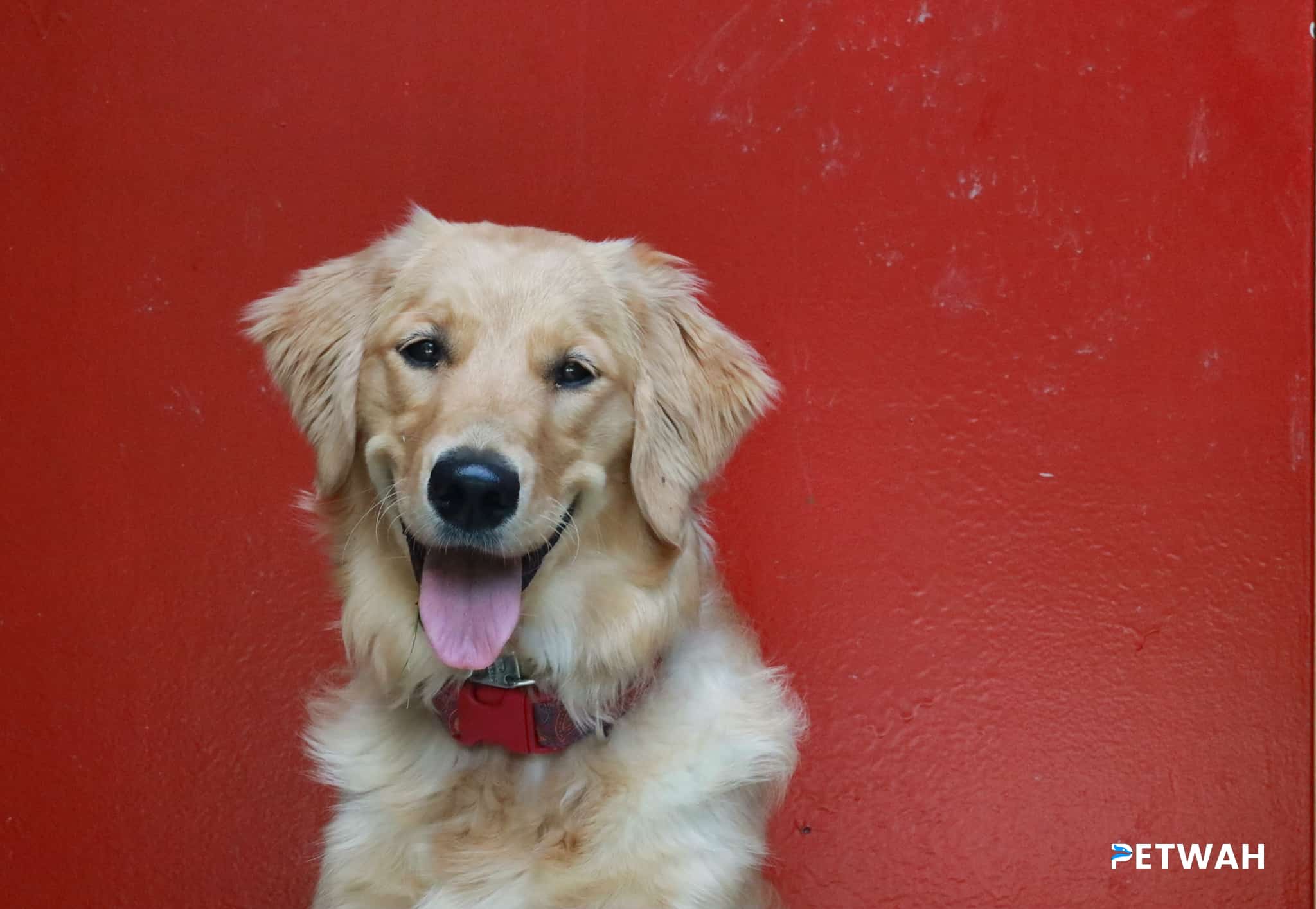
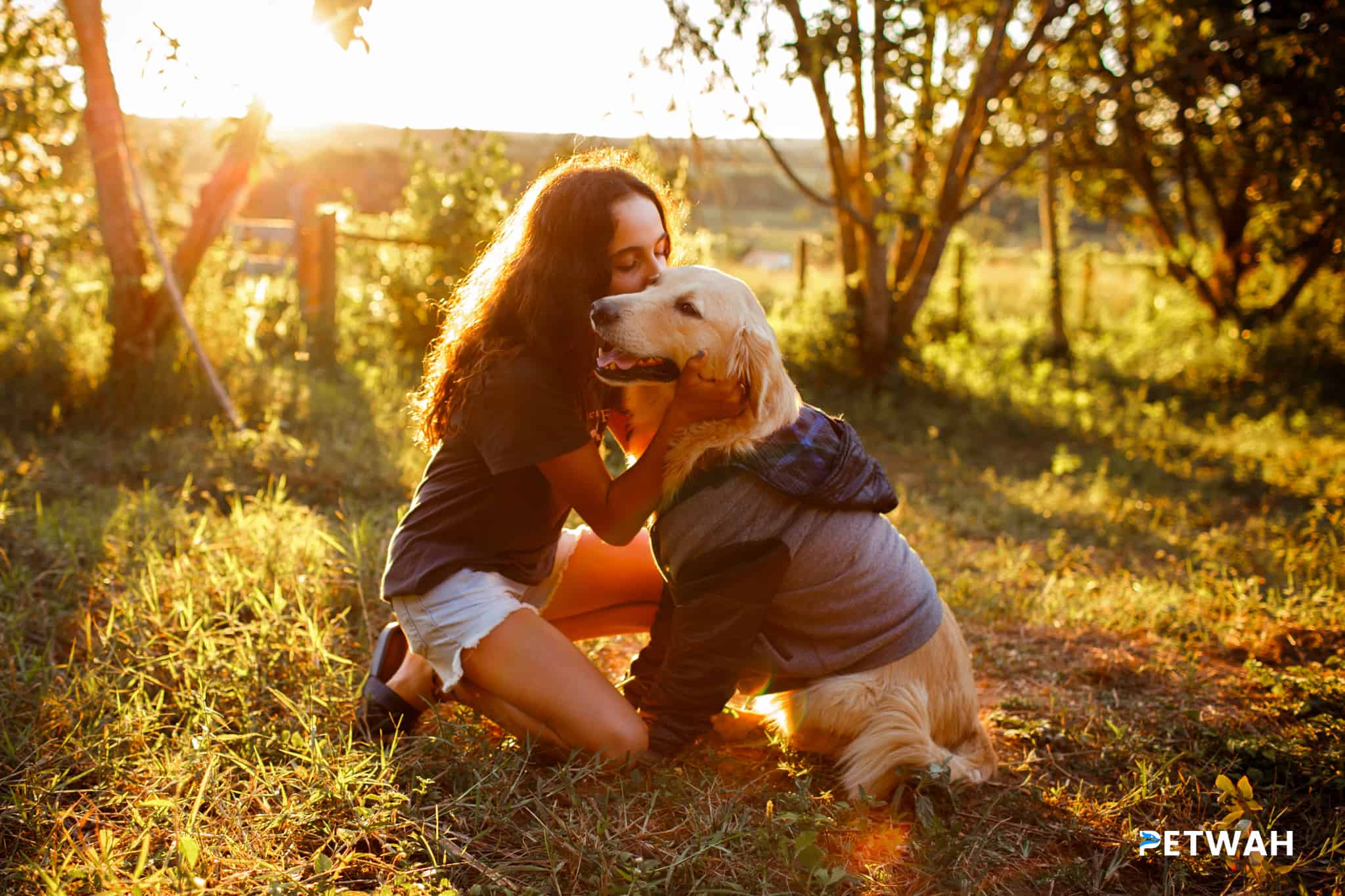

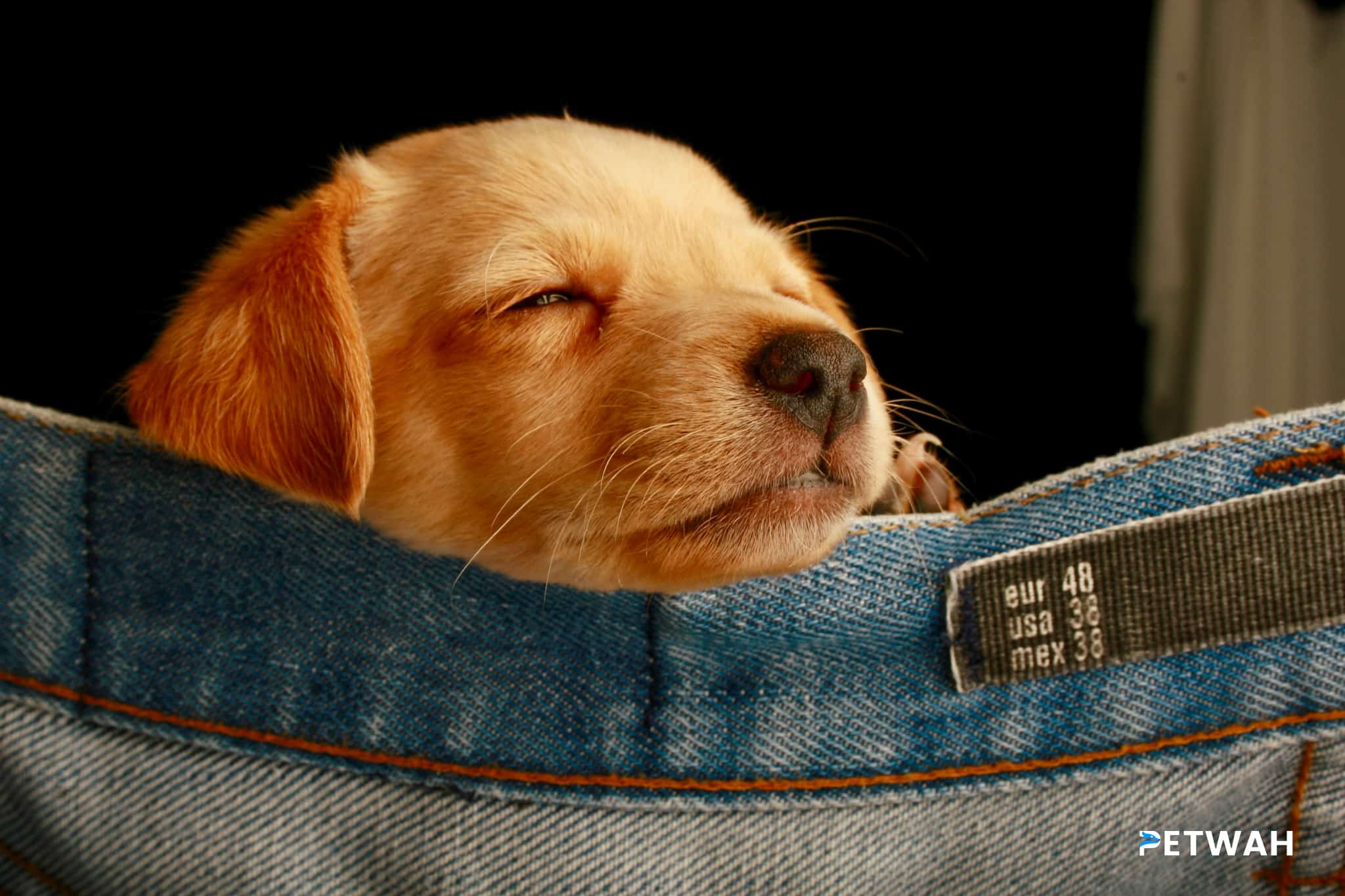
%20-%20Copy.jpg)
%20-%20Copy.jpg)
